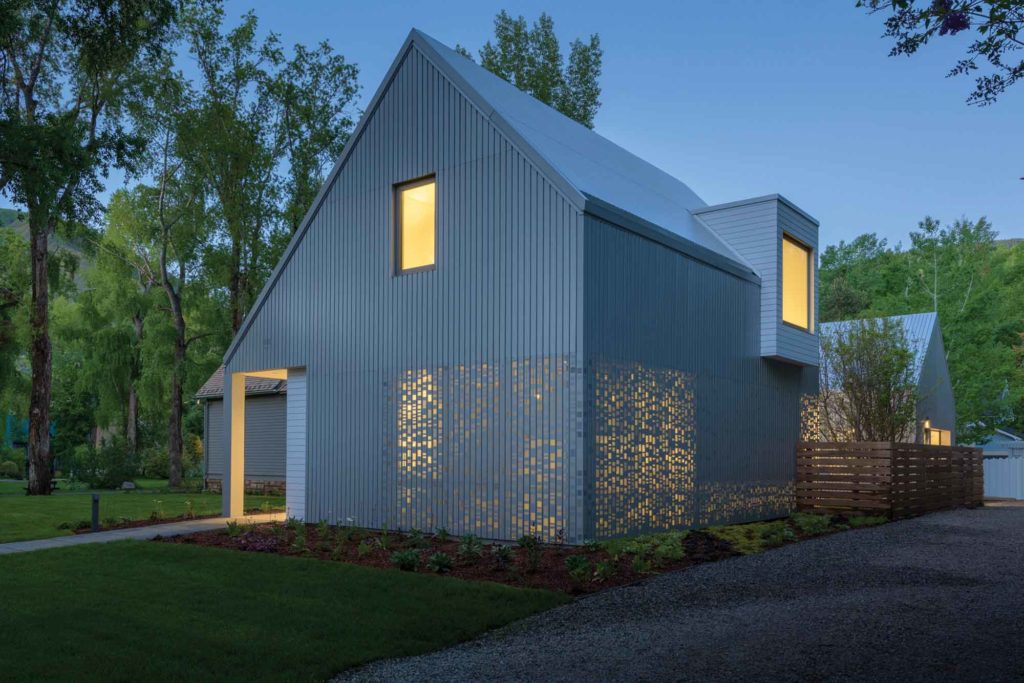Frédéric Chopin died at two o’clock in the morning on October 17, 1849, 171 years ago. He was thirty-nine years old. Chasing Chopin is about the thriving afterlife of his music: in jazz, modern song, theater, film, literature, even video games. And it’s also about how Chopin keeps showing up in surprising ways. On the anniversary of his passing, here’s a musical tribute to this pioneering, perpetually relevant composer, using a mix of unexpected and, in a few cases, rare recordings, of several works associated with his death.
Prelude in E minor, op. 28, no. 4:
Considered to be among his most important and innovative works, the Preludes, op. 28, were published as a collection in 1839. Two of them, no. 4 in E minor and no. 6 in B minor, were played on a recently installed 48-stop, four-manual pipe organ by Louis Lefébure-Wély, the church organist, during Chopin’s funeral at the Church of the Madeleine in Paris.
It’s very hard to find good organ recordings of these works, but Stephen Price kindly performed and recorded them for the Chasing Chopin companion music site on a three-manual pipe organ at Ball State University in Muncie, Indiana. Here is the E minor Prelude:
And here’s something entirely different: a wonderful recording by Polish jazz guitarist Adam Palma.
In the next recording, Chinese pianist Yuan Sheng performs the piece on an 1845 Pleyel piano — Chopin’s favorite brand — at the Frederick Collection of Historic Pianos in Ashburnham, Massaschusetts.
And here’s a fantastic arrangement by the Andrzej Jagodzinski Trio.
Prelude in B minor, op. 28, no. 6
Here is organist Stephen Price, playing on a 3-manual pipe organ at Ball State University, Muncie, Indiana
This next recording is particularly special because it was made by Spanish pianist Paula Rios on an 1839 Pleyel, in the Cartuja de Valldemossa in Majorca, where Chopin worked on his Preludes. Used with permission © Celda de Frédéric Chopin y George Sand
Funeral March from Op. 35
Despite the fact that Chopin edited out the word funèbre, or “funeral,” from the final manuscript sent to his publisher, the third movement of the op. 35 sonata has, since his death, been popularly known as “Chopin’s Funeral March.” It was performed at the Church of the Madeleine in an orchestral version during his own funeral in 1849 — the first time the work was ever played during an actual funeral — and since then has been appropriated by all manner of artists and other creators: cartoonists, jazz musicians, film and video game makers, writers, and more. Here, on the anniversary of Chopin’s death, are a few less well-known versions:
Andrzej Jagodziński Trio, from their album “Chopin, Jagodziński, Sonata b-moll” [© Blue Note Agencja Artystyczna, used with permission.]
Erik Satie, “Embryons desséchés,” 1913: a satirical piano composition in tribute to decaying crustaceans. The clip begins with the 2nd movement, “Of an Edriophthalma.” The quoting and improvisation on Chopin’s Funeral March begins at 2:34.
A techno version from the video game “Frederic: The Resurrection of Music,” featuring a duel between Chopin and the Sheriff at high noon. Produced by Forever Entertainment in Poland, and used with permission.
And, finally, a traditional performance, which happens to be my favorite: Vladimir Horowitz playing his personal Steinway, known as CD503, at Jimmy Carter’s White House on February 26, 1978. This clip is from the very first broadcast in the long-running public television show “In Performance at the White House.”
Bonus piece: Nocturne, op. 9, no. 2
This gorgeous work isn’t associated with Chopin’s death, but it’s often cited by scholars as the most popular of his Nocturnes, and it shows up in especially intriguing ways. I closed Chasing Chopin with the story of a young police officer in England who discovers the Nocturne on an upright piano in the home of an elderly pensioner whose garden had been recently ransacked by hooligans. The cop sits down and plays it for him — still wearing his protective vest — as a consolation:
And then there’s the unexpected appearance of this Nocturne in Aspen, Colorado, where Chopin’s music was the inspiration for a work of domestic architecture. Using the same logic that informs a player piano to play music, each note and chord in the Nocturne was assigned a variable, which led to a design for a perforated metal façade. In this house the light and shadows constantly change as they pass through the musically-informed exterior, creating the effect that Goethe most likely had in mind when he wrote that “Music is liquid architecture; Architecture is frozen music.” For more photographs and an architectural rendering, visit “The Victorian Music Box” page on this site.

Hear jazz pianist Jacques Loussier’s arrangement of the op. 9, no. 2 Nocturne:
And then listen to the piece with all of Chopin’s variations, recorded by Bart van Oort on an 1842 Pleyel piano – Chopin’s favorite brand.